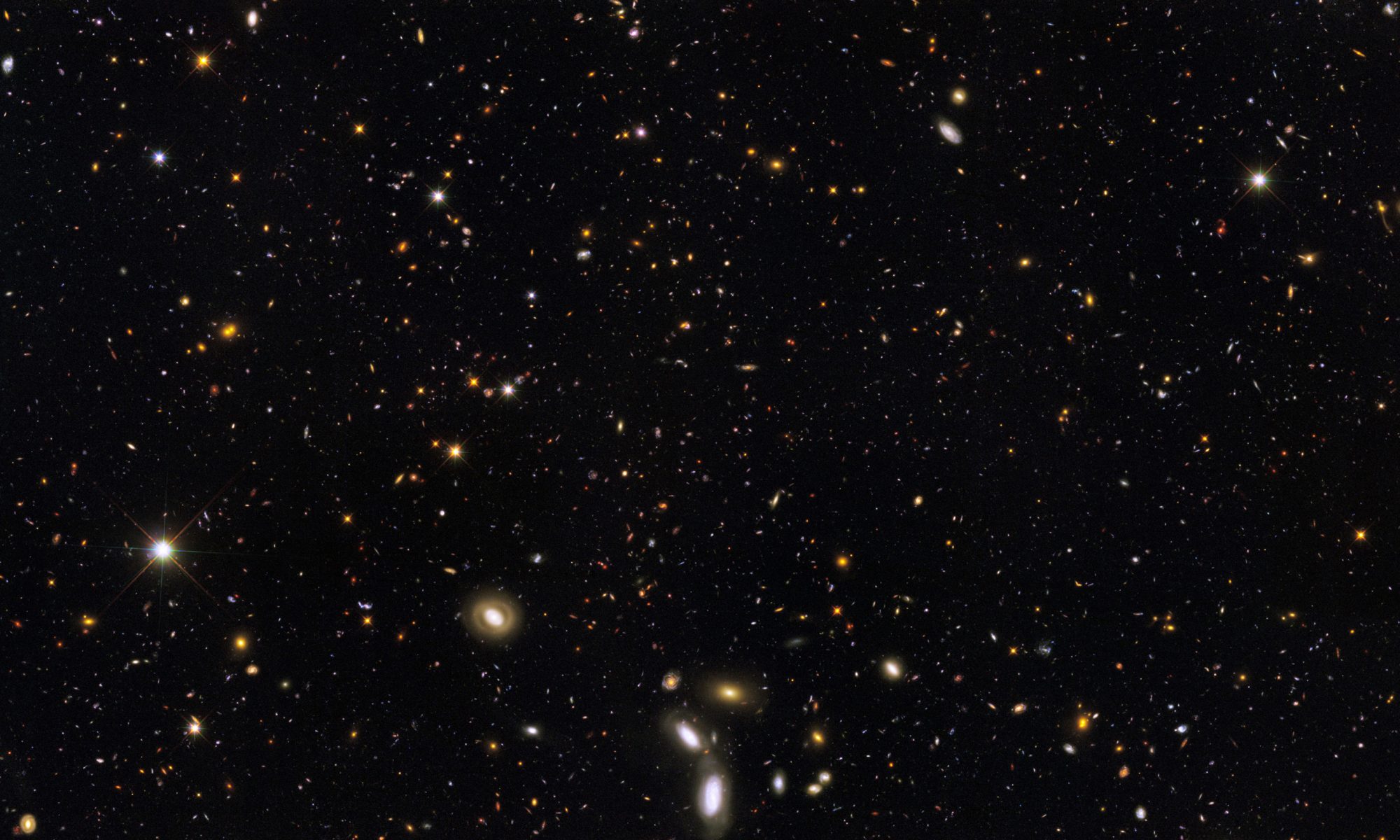Even the cover reflects the contents of Kasischke’s poetry collection. Both the title – Space, in Chains – and the Rothko abstraction on the front point at the nearly ungraspable poems in between the covers. But the reasoning behind the ungraspable-ness may be the ungraspable subjects and themes Kasischke meditates on through these poems. That is, the poet approaches and interrogates the unknowable, and attempts to enlighten through the medium of abstracted understanding. Abstracted understanding, indirect contemplation of the difficult question of the human condition leads, for Kasischke, to lyric poems which tend to embody the mind grasping with and approaching those questions. And not just approaching the questions, but attempting to approach the answers to those questions as well. But both the answers and the questions are left at impressions of themselves, rather than realist representations; they are not directly stated, and left to the reader to grapple with as much as the poet does.
This inclusion of the reader into the process of interrogation allows Kasischke to approach subjects laterally, as she does in “Near misses” (32). In examples more directly including the reader, each of the poems titled “Riddle” (6, 47-8, 73, 80, & 107), demands the reader participate. The title “Riddle” does more than just demand, though; it challenges the reader’s ability to understand the riddle, and follows that with a challenge to find the answer, which may not even exist in a manner which can be articulated by the reader. Kasischke keeps her poems tantalizingly close to articulating the unknowable, leading the reader always on, to the final poem “Home” (110), which articulates the human need for place, as much as that place may be unobtainable in the sense that the ideal is always unobtainable.
Even the Forms of Socrates are unobtainable. Yet those ideals, those archetypes of humanity and humanness often remain the driving force of our lives. This concept of the ideal may be one way to read Kasischke’s “The key to the tower” (33-4); that the tower exists, but is “laughable” (34), while the key is referred to insistently as nonexistent or lost throughout. The metaphor of the unobtainable ideal, of the tower that was here and of the misplaced key, might also find roots in Stephen King’s Dark Tower series – a much extended and fanciful version of the same approach to the same questions. But the structural parallels between the two works remain: two voices – one of belief and one skeptical and even derogatory; the loss at the end for the protagonist – “And the key / I still have it here somewhere” (34); the reader cheering on the protagonist despite the unlikelihood of that belief. Whether or not the tower – the ideal – exists, and whether or not the key – the access to the ideal – is possible, we humans still strive for them. Kasischke allows the reader, over contemplation and repeated readings, to come to understand that it is that striving, that journey that matters so much more than whether the tower is ever actually reached or entered.
Works Cited
Kasischke, Laura. Space, in Chains. Port Townsend, WA: Copper Canyon Press, 2011. Print.
Related articles
- Upcoming Reviews and Reflections (ericmrwebb.wordpress.com)
